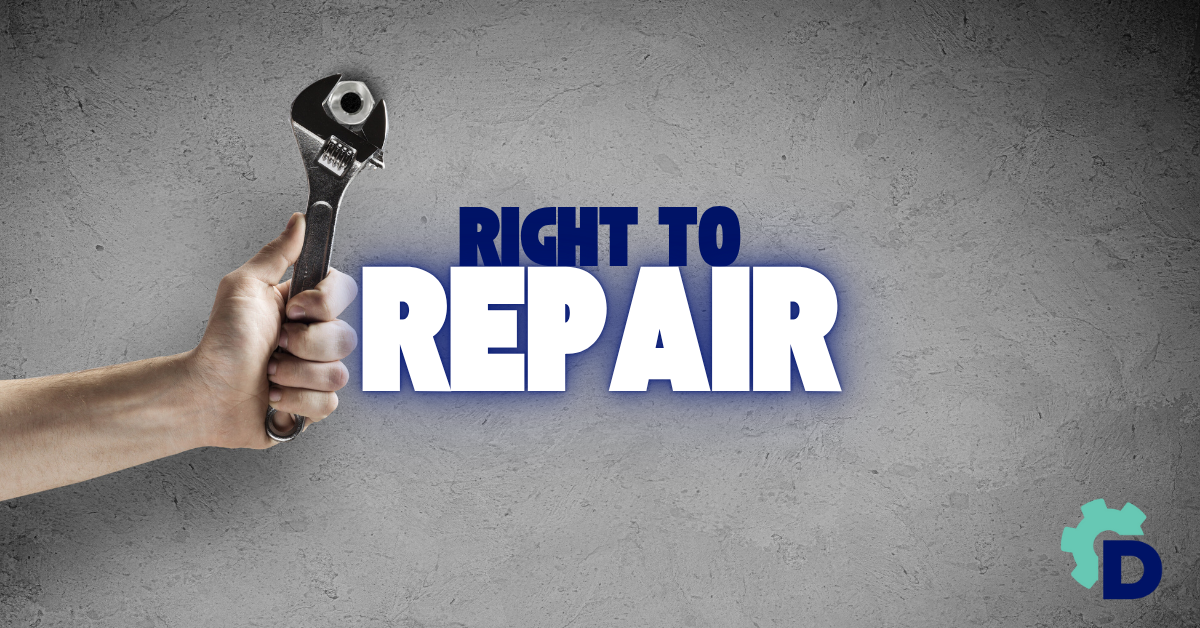
Are you ready for Right-to-Repair?
The right-to-repair (R2R) movement is gaining momentum... What started with consumer electronics has now reached the “farm equipment” industry (i.e. heavy equipment, agriculture, and construction industries), with legislation being passed or proposed across the U.S. and Europe that directly impacts how OEMs support repairability.
For manufacturers this requires a shift in how repair support content must be created, maintained, and distributed to ensure compliance. The days of emailing PDFs or uploading file dumps to your website are numbered. To meet both regulatory and customer expectations, OEMs need a flexible and modern approach to distributing repair information and ensuring equipment owners and independent repair shops can buy the correct replacement parts directly from the OEM.
The Global Legislative Landscape as of May 2025
In the U.S., several states have already enacted or have active proposed laws that require manufacturers to provide access to parts, tools, and documentation:
In the European Union, there is also growing momentum to cover agriculture and construction equipment in right-to-repair rules and regulations as part of “EcoDesign” efforts to extend the life of products.
While some right-to-repair laws have been enacted, most proposed legislation - especially those targeting agricultural and industrial sectors - still face significant hurdles in committee. Opposition often stems from legitimate concerns about training, safety, and liability - especially when non-certified technicians or independent repair shops are given the same access to technical data and tools as authorized providers. Still, the broader movement continues to gain ground. Mounting economic pressures on equipment owners - including tariffs, high interest rates, and rising maintenance costs - are intensifying the demand for extended equipment lifecycles and fair, transparent access to service parts and repairs. The market dynamics are likely to accelerate legislative and industry shifts in favor of better repair access.
Why PDFs and File Lists Won’t Cut It
Complying with these laws isn't just about checking a box. It's about ensuring equipment owners – and independent third-party technicians - can reliably find, understand, and act on repair information. Traditional methods like PDFs and static file repositories may seem sufficient on the surface, but they introduce risks:
In short, using outdated file-sharing methods as your compliance strategy is like building on quicksand. As regulations evolve and expectations rise, manufacturers need dynamic, structured, and centralized systems to avoid turning compliance into a costly, ongoing headache.
A Better Way: Digital Repair Enablement
OEMs who lean into this moment and prepare for it early have an opportunity to do more than meet regulatory requirements as well - they can strengthen their aftermarket business by:
Modern support tools reduce friction, increase parts sales, and build brand loyalty. They can also give OEMs visibility into what information is being used for repair and by whom - even when it’s not by a dealer.
So – Will you be ready when the movement gains momentum?
The right-to-repair movement is here to stay. Whether the catalyst is a new state law, customer demand, or looming compliance risk, the question isn’t if you’ll need to modernize your repair content and parts sales strategy - it’s when.
Start by asking:
If not, now is the time to act.